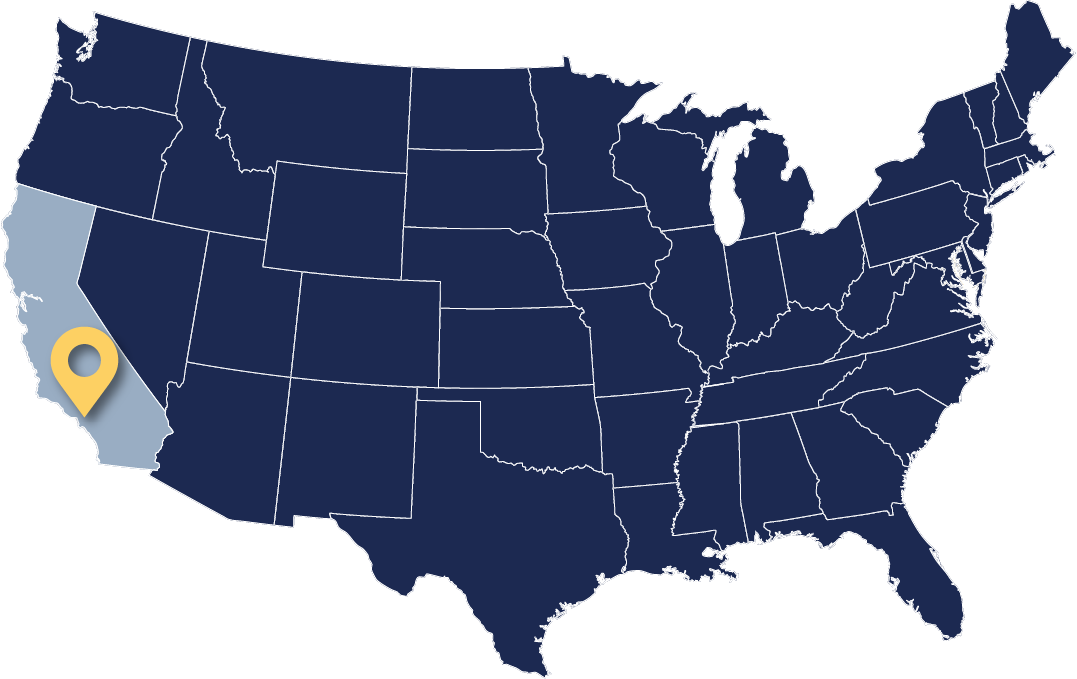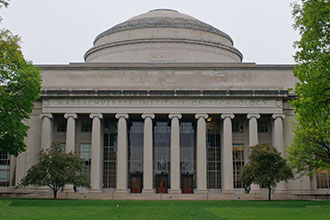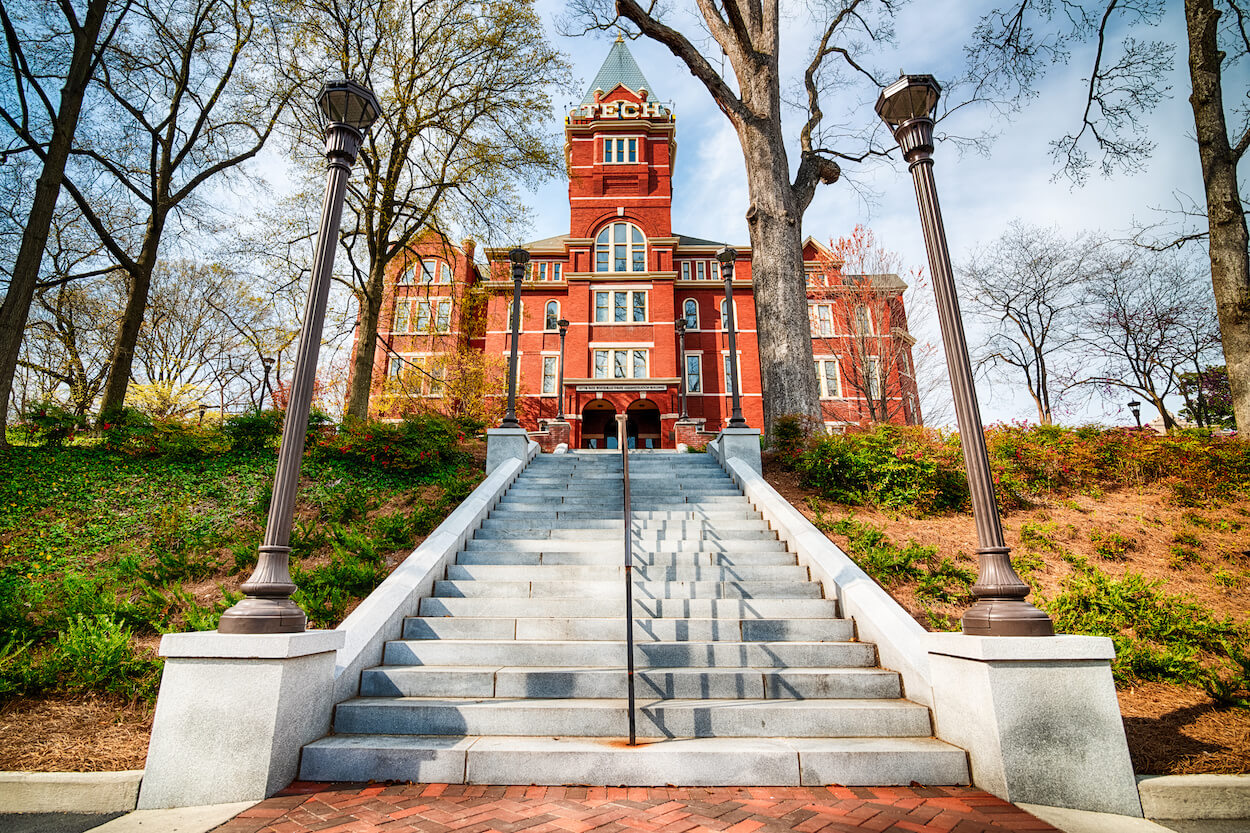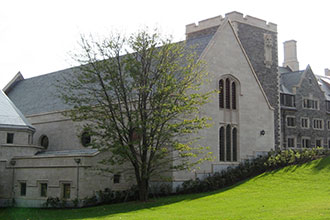California Institute of Technology
REQUIREMENTS AND CAMPUS GUIDE
School Name: California Institute of Technology
School Location: Pasadena, CA
School Type: Private Research University
Category: High Reach
CalTech Admissions Rates for Class of 2025
Applications: 13,026
Admitted: 3.9%

General Info
SAT/ACT Score
Test Optional for 2022-2023
Admission Cycle
Fall 2020 Test Scores
Math: 790-800
ERW: 740-780
ACT: 35-36
Dates/Deadlines
Early Action: November 1
Early Results: Mid-December
Regular Deadline: January 3
Regular Results: Mid-March
School Information
Schedule: 3-term
Curriculum Type: General
Greek Life: No
Athletics: DIII
CALTECH TIPS & GUIDE
CalTech Application Requirements, Admissions Tips, and University Guide
The California Institute of Technology, more commonly known as Caltech, is one of the best technical universities in the U.S. and the world. If you want to study STEM in college, but don’t know if Caltech is the right choice for you, take a look at these frequently asked questions to help you decide!
Where is Caltech?
Caltech is one of four colleges in Pasadena, California, northeast Los Angeles. Caltech stands out as the only technical university and the city’s most renowned school. Pasadena is most known for hosting the annual Rose Bowl Football game and the Tournament of Roses Parade. Aside from these events, Pasadena tends to be a relatively quiet area but is conveniently located close to the vibrant city of Los Angeles (the second-largest city in the U.S.). To get a better sense of Caltech visually, you can take a virtual tour of the campus.
How do I apply to Caltech?
Caltech accepts applications in two rounds: Restrictive Early Action and Regular Decision. Restrictive Early Action (REA) is a non-binding early admissions process for students who are confident that Caltech is their first-choice university, are excited about the possibility of attending Caltech, and want to learn early if they are admitted to Caltech. At the same time, students will not be required to accept a Caltech REA offer and may compare financial aid options if they choose to apply to other institutions during the Regular Decision process. Applications are due November 1 and students will be notified of their admissions decision (admit, defer, or deny) by mid-December. Admitted students will then have until May 1, 2023 to decide if they will accept Caltech’s offer of admission.
Students who choose to apply REA to Caltech may not apply Early Action nor Early Decision to any other institution, with the following exceptions:
- An institution outside of the United States;
- Any public institution that has a non-binding admissions policy with a fall application deadline (such as the University of California system);
- An institution’s non-binding rolling admissions process;
- If you are deferred admission after applying REA to Caltech, you may apply to another institution’s Early Decision II program. If you are admitted to that institution’s Early Decision II program, you are required to withdraw your application of admission to Caltech.
Additionally, REA should be for students who are prepared to submit their most competitive application by November 1, including letters of recommendation, and required course work for admission. For more information on preparing for Caltech, visit our Academic Preparation page.
If you are applying regular decision, the deadline to apply to CalTech is January 3rd, and admissions decisions are released in mid-March. For both early and regular applicants, you must accept or reject your place at Caltech by May 1.
You can apply to Caltech through either the Common Application or Coalition Application. Either way, you will need to write CalTech’s supplemental application essays. There are three short essay questions (100-250 words) that will serve as insight into you as a student, scientist, and person. Caltech is also a QuestBridge Partner, so low-income students that have been selected as Finalists can apply to Caltech for free through Questbridge’s National College Match program or through Questbridge Regular Decision. CalTech also offers multiple options for students to get fee waivers, including an email from a school counselor.
Can I afford Caltech?
Like many top schools, Caltech offers generous need-based financial aid. Additionally, their admissions are need-blind for U.S. citizens. Financial aid funds for international students are more limited, so those admissions are need-sensitive to ensure they can meet admitted students’ full demonstrated need. Without aid, the total cost of attending CalTech for the 2022-2023 academic year is $83,598, which includes tuition, housing, as well as estimated personal expenses, and books. In addition, CalTech offers a non-mandatory (as long as students can provide proof of comparable care) $4,251 health insurance policy and charges a $500 orientation fee to all freshmen. Though this college is undoubtedly costly, many will qualify for financial aid. A typical Caltech financial aid package will meet your demonstrated need through a combination of grants and scholarships, student employment, and student loans.
There are a couple of factors that can affect your financial aid even after you’ve started attending Caltech. In order to maintain your financial aid, you must demonstrate “satisfactory academic progress.” On the other hand, “underloading” (taking fewer classes than a full course load) can decrease your cost of tuition and, consequently, your financial aid package as well. Financial aid can also change with your family circumstances (for example, if one of your siblings begins or finishes college). We always recommend that students use the Net Price Calculator for each school they’re seriously considering. To find out what Caltech would cost for you and your family, you can estimate your EFC (expected family contribution) and financial aid package here.
Am I eligible to apply to Caltech?
Caltech has a few specific requirements for high school students. They require certain courses: by the time you graduate high school, you should have taken four years of math, one year of physics, one year of chemistry, completed the most advanced and rigorous English coursework at their school, and one year of U.S. history or government (for students in the U.S.). Applicants should be able to demonstrate to the Undergraduate Admissions Committee a mastery of calculus and a proficient readiness to study math topics beyond calculus. While not a concrete requirement, the Admissions Committee will prefer to see science classes – especially physics and chemistry – taken at the most advanced level offered by the school.
In response to the COVID-19 pandemic, Caltech eliminated the requirement for SAT subject tests. At the same time, admissions officers announced a three-year moratorium on the general SAT and ACT requirement, shifting to an emphasis on coursework rigor and academic preparedness.
What are academics at Caltech like?
At Caltech, ‘techers’ declare their “option” (Caltech speak for major) at the end of their freshman year. There are a variety of departments to choose from—yes, even a division for the humanities and social sciences. In addition to this extensive list of options to pursue, there are also 12 minors to choose from and an interdisciplinary studies program. This program allows students to design, with a faculty adviser, a customized course of study that is not fully addressed by existing Caltech options.
Research is the cornerstone of a Caltech education. Caltech treats its students like professional scientists from the moment they step foot on campus. Thanks to that mentality, they seamlessly integrate research and education. Over half of Caltech students begin conducting research during their first year, and over 90% of undergraduates participate in research.
How does Caltech compare to MIT?
If you want to attend a top technical institute in the U.S., you have a few popular options: MIT, Georgia Tech, and Caltech. MIT is one of the most world-renowned universities for STEM, and comes in at the top of most STEM-related rankings. MIT is also significantly larger – during the 2021-2022 academic year, 4,638 undergraduate students were enrolled at MIT. During the same academic year, 987 undergraduate students were enrolled at Caltech. As Caltech points out, the school is designed to be a small and intimate campus community, and students applying should ask themselves “how they’d thrive on a college campus with fewer than 1,000 undergraduates.”
While it might be helpful to compare the two, you can’t easily say that one is better than the other; they both excel in particular areas, and it’s up to you to decide what is the most important criteria for you. Both schools conduct cutting-edge research and have well-funded labs, meaning that you will flourish as a student and scientist as long as you take the initiative to do so.
What is Caltech’s student body like?
Caltech admitted 432 undergraduate students to the class of 2026, expecting 235 to enroll. Of the 432 students admitted, 51% are female and 49% are male.
Caltech reports the following racial demographics for overall enrollment in 2021-2022: 49% white, 44% Asian, 22% Hispanic/Latinx, 6% Black or African American, 2% American Indian or Alaska Native, 1% Native Hawaiian or Pacific Islander, and <1% race/ethnicity unknown.
What special opportunities does Caltech have?
Attending Caltech comes with more than just the privilege of studying at one of the best places of research and higher learning in the world; you can also study abroad and make the whole world your classroom. Caltech currently offers six official programs in Cambridge, London, Copenhagen, Edinburgh, Paris, and Melbourne. You can learn more about these programs on the Fellowship Advising and Study Abroad Office website.
If you’re not so keen on the idea of going abroad to study but still want to add some variety to your college experience, then Caltech’s Study Away program might be a good fit for you. Caltech has a formal agreement with The University of Chicago, and you receive Caltech credit.
What is residential life like at CalTech?
Caltech doesn’t have dorms; instead it has eight student houses and residences, which consist of single, double, and triple bedrooms. Each of these housing options is a small, close-knit residential community staffed by at least one Resident Associate and one Residential Life Coordinator. Caltech guarantees housing for first and second years undergraduates, as well as transfers. A vast majority of students live on campus for their entire undergraduate experience, resulting in a strong sense of community. Each of the houses plans social events and outings, often collaborating with other houses. Since housing is important to Caltech, first years are placed in temporary housing until they’ve had time to explore each of their housing options during a two-week period called “rotation.” During rotation, students have the freedom (and are encouraged) to move to a different house or residence to find the right fit. Housing costs vary by room and building, so if you want to experience living in a nicer room, you don’t have to commit to paying the higher fee for all four years.
What extracurricular opportunities do they have at CalTech?
Caltech has a variety of clubs that cater to various academic interests, religious communities, sports, and other interests such as mixology and feminism. You can check out the full list of clubs on their website. You also have an opportunity to start your own club at Caltech, so if you don’t see a club that perfectly matches your interests, you can assemble a group of people and found a new organization. Additionally, Caltech has several intercollegiate varsity sports at the Division 3 level. They also have several intramural sports, such as basketball, dodgeball, soccer, and volleyball, which are open to all currently enrolled Caltech undergrad/graduate students, faculty, staff, members and their guests.
View Sources
- https://finance.caltech.edu/documents/20574/cds_2022.pdf
- https://www.admissions.caltech.edu/visit
- https://www.finaid.caltech.edu/costs
- https://www.admissions.caltech.edu/apply/first-year-freshman-applicants/academic-preparation
- https://registrar.caltech.edu/records/enrollment-statistics
- https://fasa.caltech.edu/
- https://housing.caltech.edu/undergrads/undergrad-new-students
- https://ore.caltech.edu/student-activities-programs/clubs
CALTECH Admission Rates
| | Data Source | Admission Rate |
|---|---|---|
| Class of 2025 | CDS 2021-2022 | 3.9% |
| Class of 2024 | CDS 2020-2021 | 6.7% |
| Class of 2023 | CDS 2019-2020 | 6.4% |
| Class of 2022 | CDS 2018-2019 | 6.6% |
| Class of 2021 | CDS 2017-2018 | 7.77% |
MORE SCHOOLS TO CONSIDER

MIT
Cambridge, MA

Georgia Institute of Technology
Atlanta, GA

Princeton University
Princeton, NJ
View All Schools ↓
| American Univ Amherst Brown Boston Univ CalTech Carnegie Melon Claremont McKenna Columbia Cornell Dartmouth Duke Emory Georgetown Georgia Tech Harvard Hopkins |
MIT NYU Northeastern Northwestern Notre Dame Princeton Rice Stanford Tufts Tulane UChicago UC Berkeley UC Davis UCLA |
UCSB UCSD UIUC UMich UNC UPenn Univ of Southern California UT Austin UVA Vanderbilt Villanova WashU Williams Wisconsin Yale |
*Updated 2022

